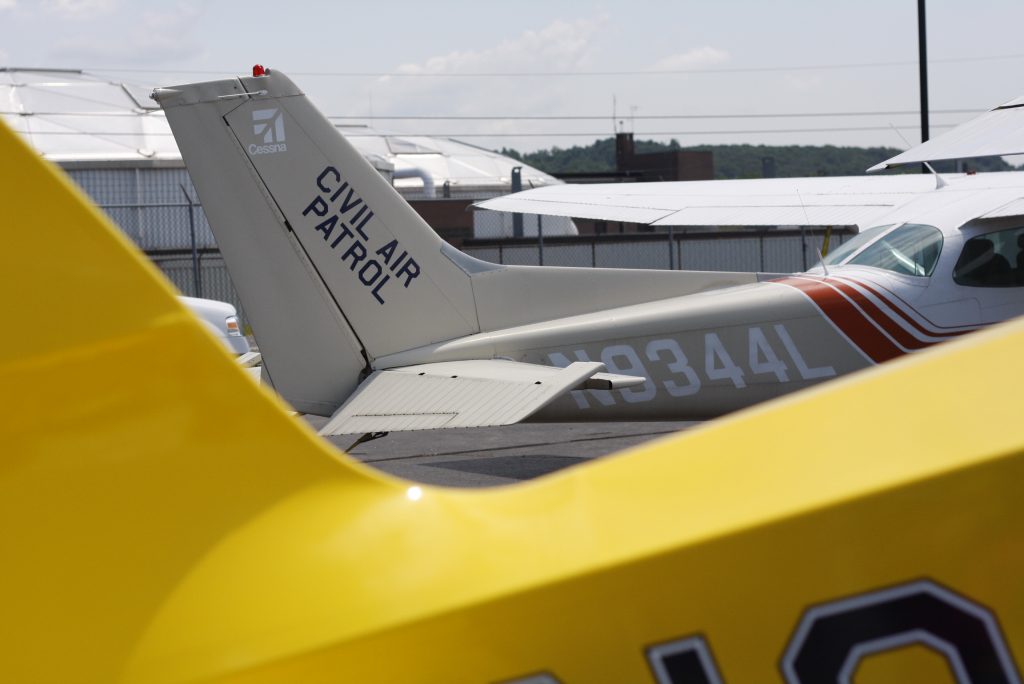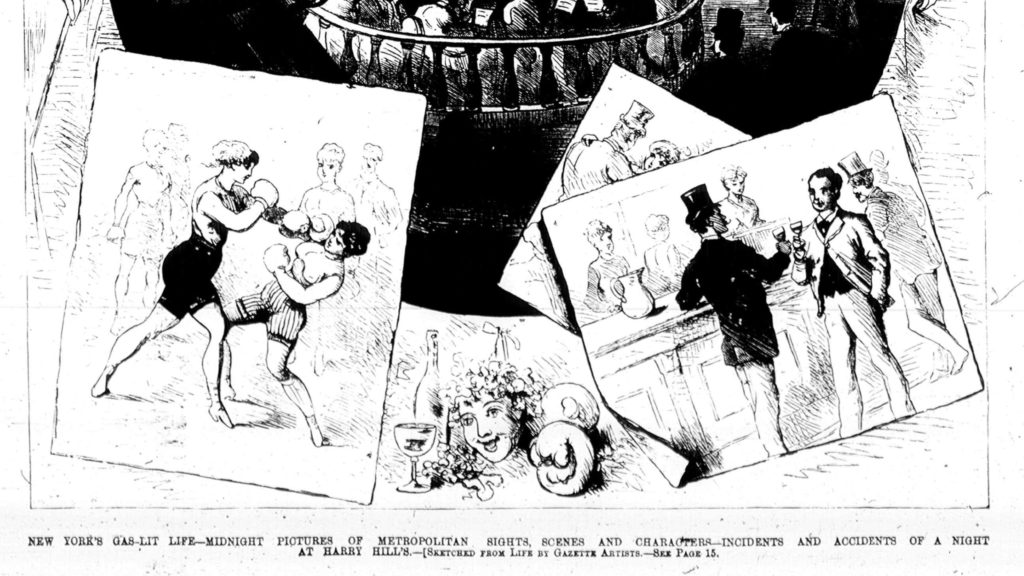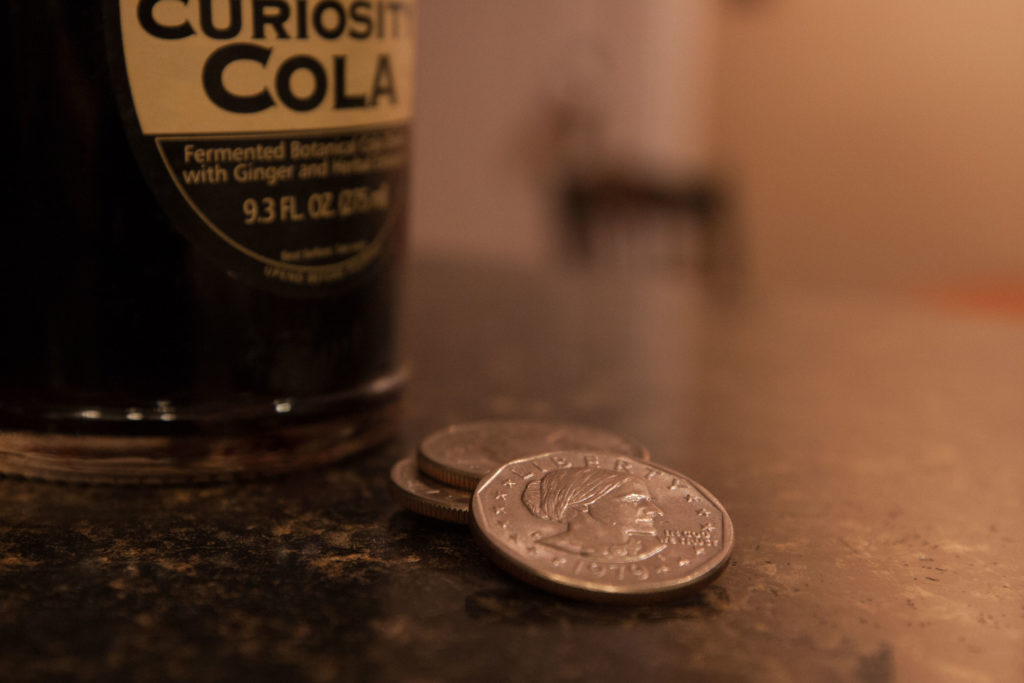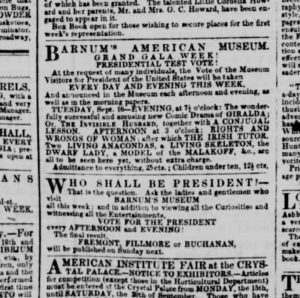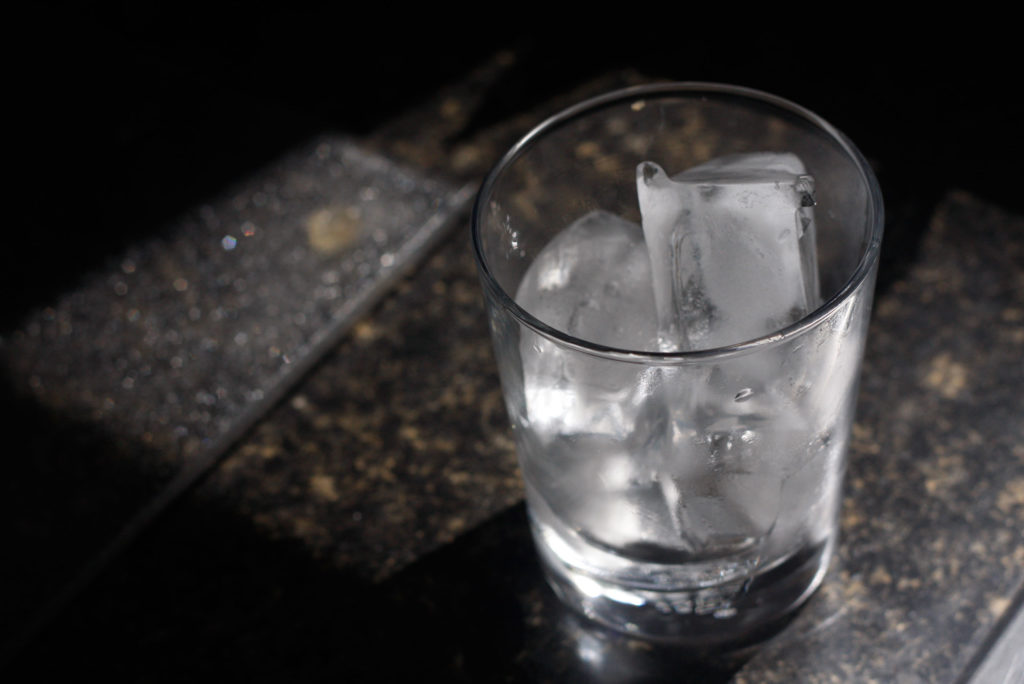Have (many) drinks with: Thomas Fitzpatrick
Hold my beer.
Ask him about: air traffic control
Just last month, a small plane made an emergency landing on a busy street in Washington state (apparently even managing, no small feat, to stop for a red light). These sort of landings are not uncommon, as unusual as they may seem: in the past few months of 2019 alone, small craft have needed to land in decidedly non-airport locations in Florida, California and New Jersey.
For the most part, though, these pilots made the best of a bad situation, and certainly didn’t start their flights thinking they would have to come up with creative landing plans. Back in 1950s New York City, however, there was one pilot in particular who not only enjoyed the practice of, shall we say, non-traditional landings, he very purposely drunk-landed a Cessna on a New York City street. Twice.
Meet Tommy Fitz.
